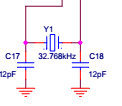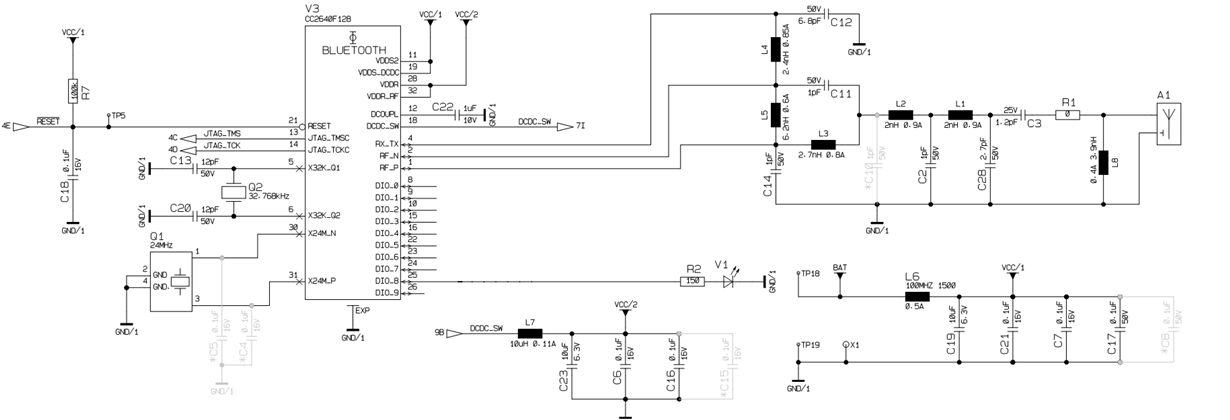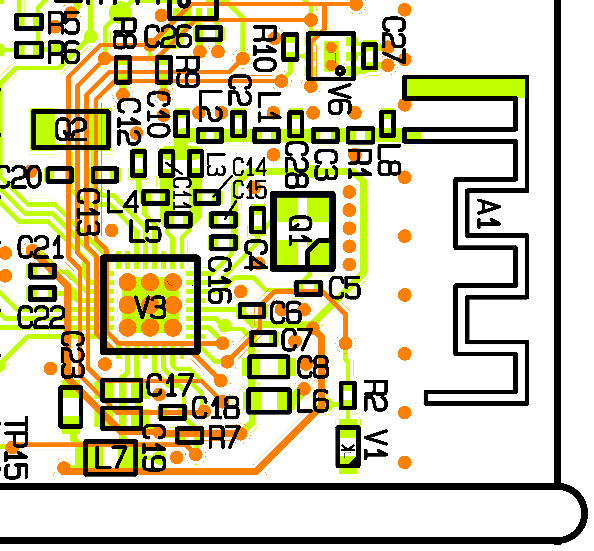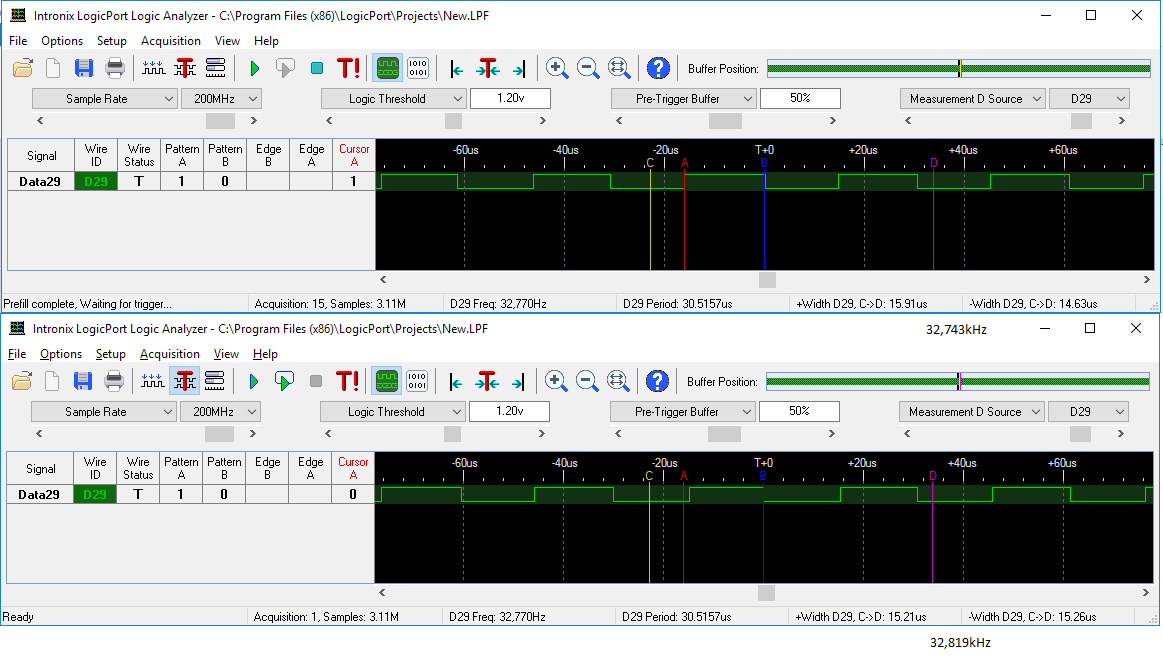Hy,
since starting to work in a "productive" environment, one issue, that I am observing since a long time, starts bothering me:
I see two strange effects on connecting to my device. It is the same thing, no matter if I use BTool or any other (Android, iOS) device
1) Disconnect right after connect
When trying to connect to the device, apparently the connection is established for a very short time, then disconnected instantly. This happens about once of 100 connections (1% of all cases)
In BTool log, I see the GAP_EstablishLinkRequest from Central, 1s later, I see "Device Connected", 1s later I see "Device disconnected"
I can't see a TX right before the "Device disconnected", so apparently, the device itself disconnects.
/cfs-file/__key/communityserver-discussions-components-files/538/btoolLogUnsuccessful.txt
/cfs-file/__key/communityserver-discussions-components-files/538/btoolLogSuccessful.txt
The effect comes more often when I connect / disconnect / connect in a quick sequence
2) Connection takes very long to be established
Usually, the time between "GAP_EstablishLinkRequest" and "Device connected" is only a couple of milliseconds. But ever once in a while, it takes up to 10s until the device is connected.
Does this description ring any bell? Any hints, where I could try to change parameter to overcome these effects?
My environment: CC2640, CCS, Peripheral (based on SimplePeripheral), own HW
Best regards
Harald





